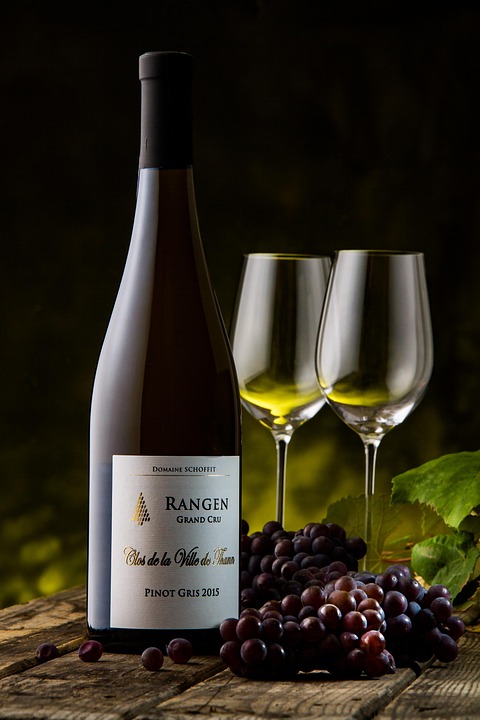The Growing Popularity of Natural Wine in Urban and Indie Markets
Introduction
Natural wine, a category of wine made with minimal intervention, has been gaining significant popularity in recent years, particularly in urban and indie markets. This trend can be attributed to a growing consumer interest in sustainable and organic products, as well as a desire for unique and authentic experiences. In this report, we will explore the factors driving the rise of natural wine in these markets, as well as the financial implications for the industry.
Market Trends and Growth
The natural wine market has been experiencing steady growth, with sales increasing year over year. According to a report by Grand View Research, the global natural wine market is expected to reach $7.1 billion by 2027, growing at a CAGR of 14.3% from 2020 to 2027. This growth can be attributed to a shift in consumer preferences towards healthier and more sustainable products.
In urban and indie markets, natural wine has become a popular choice among millennials and Gen Z consumers who prioritize authenticity and transparency in their purchases. These consumers are willing to pay a premium for natural wines that are made with minimal additives and intervention. As a result, many independent wine shops and bars in urban areas are now including a selection of natural wines in their offerings to cater to this demand.
Key Players in the Natural Wine Market
Several key players have emerged in the natural wine market, offering a wide range of options for consumers. One notable company is Les Caves de Pyrene, a UK-based importer and distributor of natural wines from around the world. The company has seen significant growth in recent years, with sales increasing by 20% annually.
Other notable players in the natural wine market include Domaine Lucci, a producer of organic and biodynamic wines in Australia, and Zev Rovine Selections, a US-based importer specializing in natural wines from Europe. These companies have helped to popularize natural wine in urban and indie markets through their curated selections and educational initiatives.
Financial Implications for the Industry
The growing popularity of natural wine in urban and indie markets has had a positive impact on the financial performance of companies in the industry. According to a report by IWSR Drinks Market Analysis, sales of natural wine in the US grew by 10% in 2020, outpacing the overall wine market growth of 2.8%.
Additionally, natural wine producers are seeing increased demand for their products, leading to higher prices and margins. This trend is expected to continue as more consumers seek out natural and sustainable options in their wine choices. Overall, the financial outlook for the natural wine industry looks promising, with continued growth expected in the coming years.
Conclusion
In conclusion, the growing popularity of natural wine in urban and indie markets is a reflection of changing consumer preferences towards healthier and more sustainable products. The industry is experiencing steady growth, with key players driving innovation and expanding their offerings to meet the demand. As consumers continue to prioritize authenticity and transparency in their purchases, the natural wine market is poised for continued success in the years to come.



